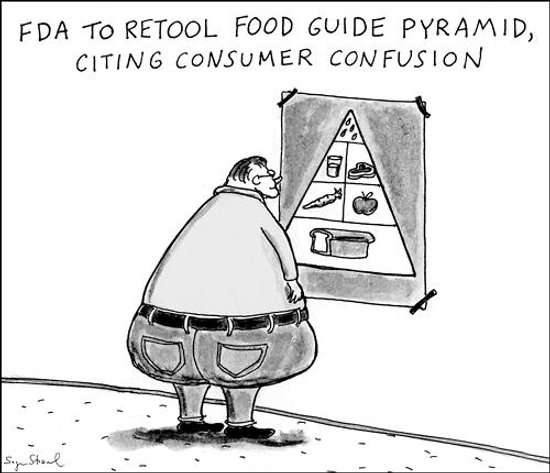
We shouldn’t be surprised. After all, the USDA’s dietary guidelines have long been backwards. By telling us to replace nutrient-dense saturated fats (a basic requirement of all cell membranes in the human body) with carbohydrates, the USDA food pyramid has fostered the obesity epidemic, surging rates of diabetes, and the dramatic upswing in cardio vascular disease. That’s because if your body doesn’t get enough saturated fats in your diet, it uses carbohydrates to create them. The unfortunate byproduct of using carbohydrates this way is elevated triglyceride levels, an increase in small, dense LDL, and increased inflammation of the arteries and cellular membranes. In other words, the high carbohydrate diet of the USDA elevates all the key markers for heart disease.
Thankfully, Sally Fallon Morell, president of the Weston A. Price foundation, is speaking out. Yesterday she released an in-depth series of comments on the new proposed USDA Dietary Guidelines for 2010.
In a summary press release highlighting the comments, the Weston A. Price foundation had this to say:
“The proposed 2010 Dietary Guidelines perpetuate the mistakes of previous guidelines in demonizing saturated fats and animal foods rich in saturated fatty acids such as egg yolks, butter, whole milk, cheese, fatty meats like bacon and animal fats for cooking. The current obesity epidemic emerged as vegetable oils and refined carbohydrates replaced these healthy, nutrient-dense traditional fats. Animal fats supply many essential nutrients that are difficult to obtain from other sources,” explains Fallon Morell.
“The revised Guidelines recommend even more stringent reductions in animal fats and cholesterol than previous versions,” says Fallon Morell, “and are tantamount to rearranging the deck chairs on the Titanic. While the ship of state sinks under the weight of a crippling health care burden, the Committee members are giving us more of the same disastrous advice. These are unscientific and grossly deficient dietary recommendations.”
“Basic biochemistry shows that the human body has a very high requirement for saturated fats in all cell membranes; if we do not eat saturated fats, the body will simply make them from carbohydrates, but excess carbohydrate increases blood levels of triglyceride and small, dense LDL, and compromises blood vessel function,” says Fallon Morell. “Moreover, high-carbohydrate diets do not satisfy the appetite as well as diets rich in traditional fats, leading to higher caloric intakes and often to bingeing and splurging on empty foods, resulting in rapid weight gain and chronic disease.”
The proposed guidelines will perpetuate existing nutrient deficiencies present in all American population groups, including deficiencies in vitamins A and D found in animal fats, vitamins B12 and B6 found in animal foods, as well as minerals like calcium and phosphorus, which require vitamins A and D for assimilation. Moreover, low intakes of vitamin K2, are associated with increased risk of heart disease and cancer. The main sources of vitamin K2 available to Americans are egg yolks and full-fat cheese. Incredibly, the Guidelines single out cheese as an unhealthy food!
Fallon Morell notes that by restricting healthy animal fats in school lunches and diets for pregnant women and growing children, the Guidelines will accelerate the tragic epidemic of learning and behavior disorders. The nutrients found most abundantly in animal fats and organ meats-including choline, cholesterol and arachidonic acid-are critical for the development of the brain and the function of receptors that modulate thinking and behavior. Studies show that choline helps the brain make critical connections and protects against neurotoxins; animal studies suggest that if choline is abundant during developmental years, the individual is protected for life from developmental decline. The National Academy of Sciences recommends 375 mg per day for children nine through thirteen years of age, 450 mg for pregnant women and 550 mg for lactating women and men aged fourteen and older. These amounts are provided by four or five egg yolks per day-but that would entail consuming 800-1000 mg cholesterol, a crime by USDA standards. In their deliberations, the committee referred to this as the “choline problem.” Pregnant women and growing children especially need to eat as many egg yolks as possible-yet the Guidelines demonize this nutrient-dense food.
The Guidelines lump trans fats together with saturated fats-calling them Solid Fats-thereby hiding the difference between unhealthy industrial trans fats and healthy traditional saturated fats. Trans fats contribute to inflammation, depress the immune system, interfere with hormone production, and set up pathological conditions leading to cancer and heart disease, whereas saturated fats fight inflammation, support the immune system, support hormone production and protect against cancer and heart disease.
The vitamins and fatty acids carried uniquely in saturated animal fats are critical to reproduction. The Weston A. Price Foundation warns that the 2010 Guidelines will increase infertility in this country, already at tragically high rates.
“The 2010 proposed Guidelines represent a national scandal, the triumph of industry clout over good science and common sense,” says Fallon Morell. “It must be emphasized that the Guidelines are not based on science but are designed to promote the products of commodity agriculture and-through the back door-encourage the consumption of processed foods. For while the USDA food police pay lip service to reducing our intake of refined sweeteners, trans fats, white flour and salt, this puritanical low-fat prescription ultimately leads to cravings for chips, sweets, sodas, breads, desserts and other empty food-and-beverage-like products just loaded with refined sweeteners, trans fats, white flour and salt.”
Well, said, Sally!
Sadly, the state of education on nutrition in the U.S. is sadly lacking. If you’re a parent who likes to eat a traditional diet rich in animal fats and other nutrient-dense foods, your carefully chosen views are undermined virtually every day in your childrens’ schools. As one mom (Ellen @ Body Earth) recently shared about her son, “He was excited about the nutrition magic show the whole school had just seen. Walking home, he exclaimed, ‘I don’t drink the healthiest kind of milk, Mommy. I should be drinking low-fat 1% milk!’ Arrrrgh!”
But it’s not just about fats. As Sally pointed out, the guidelines “promote the products of commodity agriculture” and “encourage the consumption of processed foods.” What happened to pasture-based agriculture, eating organic, whole foods seasonally & locally? These “fringe” movements are growing, but we still need to fight an uphill battle, particularly with our kids!
If you want a counterpoint to the USDA dietary standards being spouted by those in authority, why not check out the Nutrition book I recently made available for you? In July I’ll be releasing a version of the book for elementary aged kids, complete with coloring pages and activities. That way, you can have the tools you need to teach children of ANY age the TRUTH about what makes a wholesome, healthy diet.
I’ll end with this. It’s the Nutrient-Dense Food Pyramid courtesy of Sandrine Hahn of Nourishing Our Children, highlighting where our actual food priorities need to be.

 |



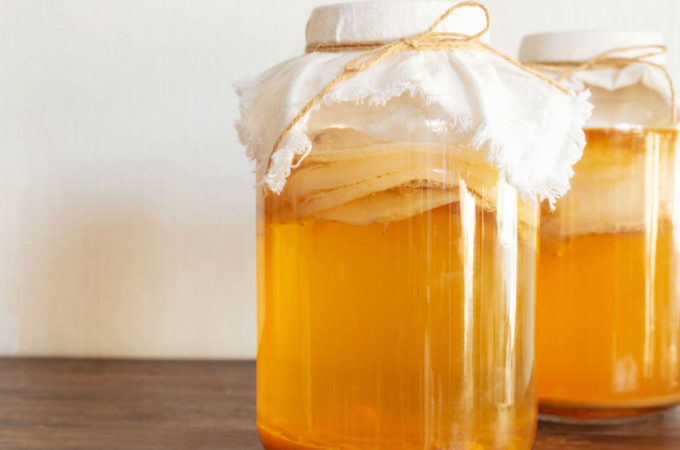
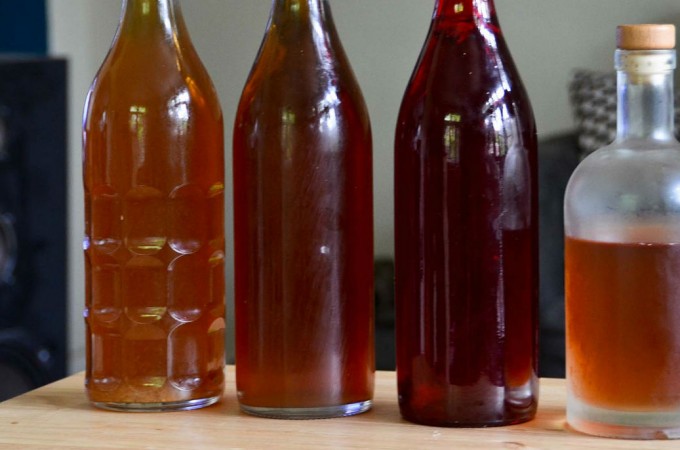
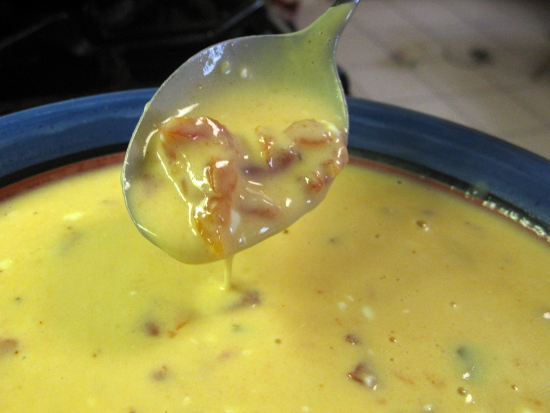
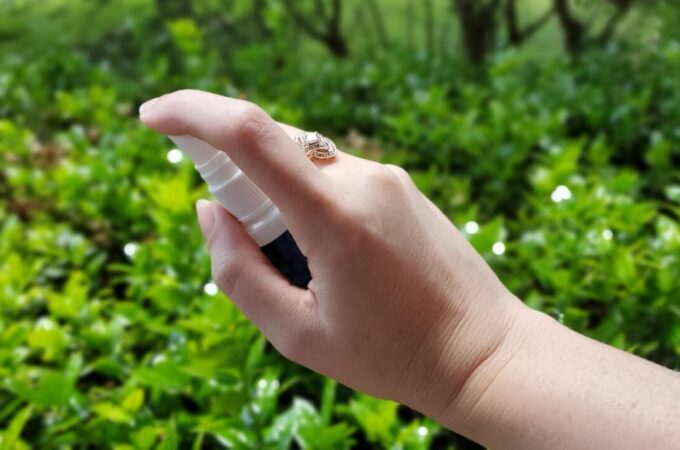
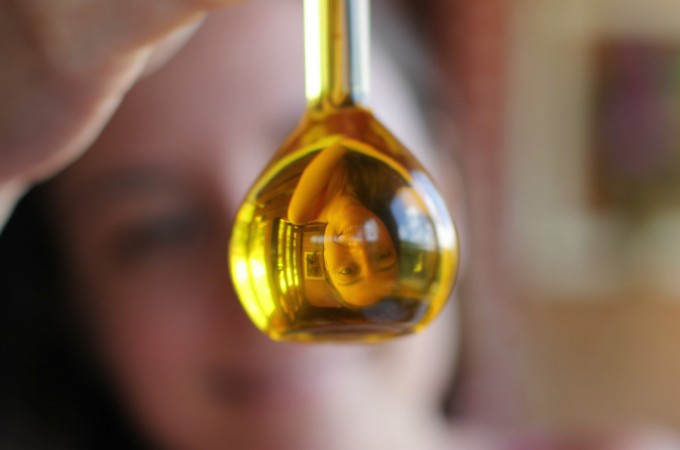

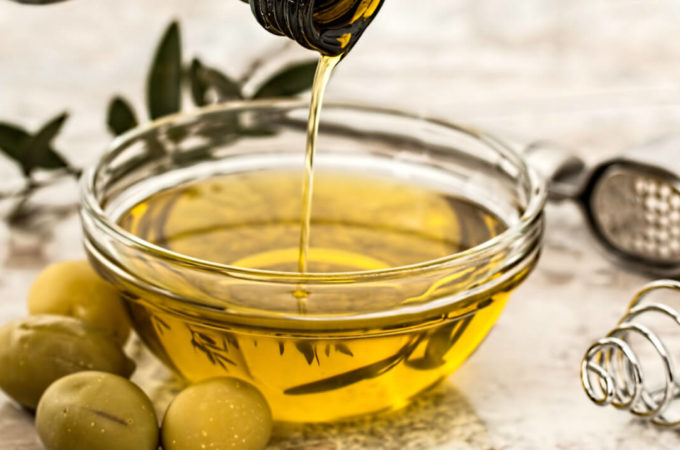

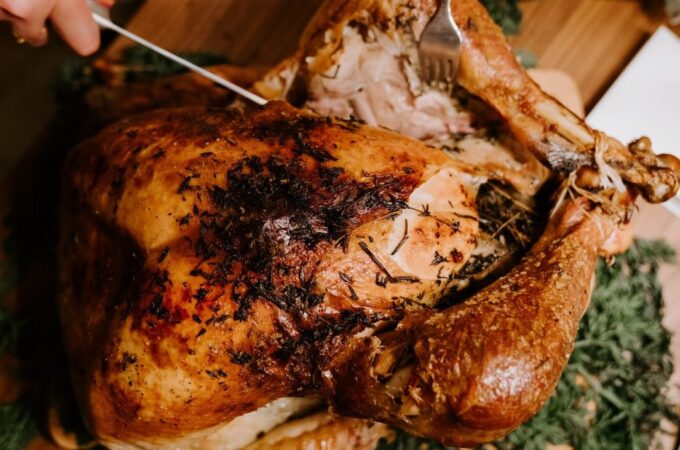


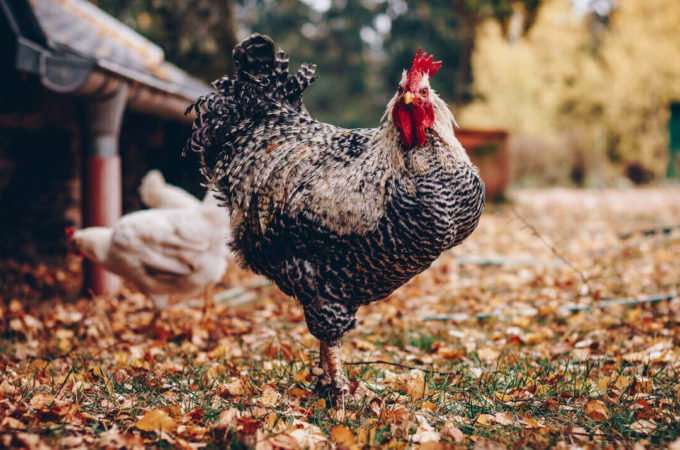

Proposed 2010 USDA Dietary Guidelines | Food Renegade: We shouldn’t be surprised. After all, the USDA’s dietary gu… http://bit.ly/aQzDHM
This comment was originally posted on Twitter
2010 dietary guidelines announced. Low-fat made us fatter, and it’s being perpetuated http://ht.ly/22ZDZ
This comment was originally posted on Twitter
Tomorrow’s NMA post is about this: RT @FoodRenegade New USDA dietary guidelines a bunch of hooey! So say we all. http://bit.ly/9VbpYw
This comment was originally posted on Twitter
Reading @foodrenegade Proposed 2010 USDA Dietary Guidelines http://tinyurl.com/3xzclmx
This comment was originally posted on Twitter
Great article!! RT @cheeseslave 2010 dietary guidelines announced. Low-fat made us fatter, and it’s being perpetuated http://ht.ly/22ZDZ
This comment was originally posted on Twitter
Reading @foodrenegade Proposed 2010 USDA Dietary Guidelines http://tinyurl.com/3xzclmx #cartoon
This comment was originally posted on Twitter
Reading @foodrenegade Proposed 2010 USDA Dietary Guidelines http://tinyurl.com/3xzclmx STOP THIS DISASTER IN THE MAKING!
This comment was originally posted on Twitter
Awesome article Kristen. It is a sad truth that the government cares about money and not about the health of our country. Or they simply have no idea what they are doing… i think it is a LOT of both.
But, to be honest, this just motivates me more to continue to do what I do and even do more. I know that I need to spread the word more about what is actually healthy before the entire world becomes obese.
Thanks for the motivation!
.-= Primal Toad´s last blog post …June Chicago Trip: Severe Storms (Tornado?) & Barefoot Golf =-.
2010 dietary guidelines announced. Low-fat made us SICK, and it’s being perpetuated http://ht.ly/22ZDZ
This comment was originally posted on Twitter
How sad! For some reason I had high hopes for the new guidelines. I’m extremely disappointed, especially because I think they simply didn’t want to rock the boat. The guidelines are used everywhere — hammered into the heads of children, medical professionals, and health-seeking people all across the country.
What a great response by Sally Fallon Morell. I sincerely hope we can do something about the guidelines before the next 5-year mark. Thank you for this informative post, Kristen, and thanks for linking to mine 🙂
.-= Ellen@BodyEarth´s last blog post …Dentist, Fluoride and Milk — Oh My! =-.
I wish *someone* would report on her response BESIDES bloggers. Alas, not very many in the media are covering this story at all, let alone the response of an organization that disagrees with the USDA’s recommendations.
Wow… your nutrient-dense food pyramid is just so pretty. I know, I’ve gotten totally the wrong message; I’ll go make my fried tomato and mushroom, eggs, and yogurt for breakfast. Nice post, as usual.
.-= Jenn´s last blog post …Mindful Menus: The Personal Challenge =-.
I thought it was lovely too, and very impressive. I still lack the offal in my diet, but try to make up for it with Fermented Cod Liver Oil and braunsweiger sausage. We do our best, I guess!
Why I ignore the food pyramid https://www.foodrenegade.com/proposed-2010-usda-dietary-guidelines/
This comment was originally posted on Twitter
Proposed 2010 USDA Dietary Guidelines http://ht.ly/17SMCa
This comment was originally posted on Twitter
Beautiful nutrient dense food pyramid RT @FoodRenegade: New USDA dietary guidelines a bunch of hooey! So say we all. http://bit.ly/9VbpYw
This comment was originally posted on Twitter
That was a great retort by the WAPF. Maybe someone will listen this time. Eventually our country is going to become so bad (obesity, heart disease, etc) that we will be forced to rediscover nourishing foods at some point. I just hope it never comes to that point!
Meagan — I think so too. I think it probably *will* come to that point, particularly for our childrens’ generation. I wish it wouldn’t come to that first.
Wow, this is frightening. I sincerely hope our country comes to realize its backwards-ness before it’s too late. I hope setting a personal example will be enough for other people to believe in traditional foods. Way to go Sally!!! 🙂
Thanks Kristen, and everybody above.
The part about how to teach children what is really good really hit a spot. Especially when I see that what the U.S. (i.e. USDA + political & industrial clout) trumpets comes all the way overseas as the new nutrition & diet trend that Gen X & Y buy into. Like:
“berrylite – the american 100% FAT-FREE frozen yogurt, the taste of happiness. (Hollywood’s eating it too!)”
And boy does this chain always attract a HUGE line at the mall, especially the sleek and lanky teenagers. I see tons of berrylite cups in trashcans within my apartment complex–it hit big with families too. Also plastic cups from Jollibean–very popular and PROFITABLE business of selling sweetened soy milk. (http://www.jollibean.com). I keep wonder, who’s going to tell them all the not-so-jolly truth?
Hurts even more since until a few months ago, I was a huge contributor to the pile of berrylite and Jollibean cups too 🙁
You sound like a Class A nutter. Remember to make arrangements for someone else to post a notice here of your death, so we know when your “healthy” butter and saturated fat laden diet has sent you to an early grave.
That “Class A nutter” speaks more truth than you care to understand. The USDA’s diet guidelines made me sick, so sick I lost three pregnancies and almsot lost my son. My entire family was fat, ill and on our way to an early grave. Since going back to the healthy butter, and other saturated fat laden diet we have lost weight, regained our health and my son is the picture of health. No wonder my great-grandmother is still walking up 11 flights of stairs daily, hasn’t lost a bit of memory, and has only been a visitor in a hospital at the age of nearly 100. She never listened to the government’s guidelines and never strayed from the food of her childhood. Her siblings were all centurians too.
Matt, look around the web. Better yet, experiment with yourself – animal fats v. carbohydrates. You are way behind the science with your comment.
Matt, “Good Calories, Bad Calories” by Gary Taubes will bring you up-to-date on the fake “science” we’ve all been sold regarding the low-fat recommendations of the last generation. Those guidelines were wrong to begin with, and have been thoroughly disproven. Don’t feel bad, though, one thing our government does very poorly is admit when it is wrong.
.-= Peggy´s last blog post …Whole Foods Market pulls kombucha The real story =-.
Proposed 2010 USDA Dietary Guidelines:
We shouldn’t be surprised. After all, the USDA’s dietary guidelines have l… http://bit.ly/ahjehH
This comment was originally posted on Twitter
Interesting read. “Proposed #2010 USDA Dietary Guidelines | Food Renegade” http://bit.ly/ancEoq #diet #health
This comment was originally posted on Twitter
Here are Food Renegade’s thoughts on the new USDA food pyramid: http://ow.ly/23LqB What are yours?
This comment was originally posted on Twitter
USDA Dietary Guidelines “…will accelerate the tragic epidemic of learning & behavior disorders” http://url.ie/6mgp @jonbischke @lexschroeder
This comment was originally posted on Twitter
@josiefraser Quote source followed a few minutes later, “accelerate the tragic epidemic of learning & behavior disorders” http://url.ie/6mgp
This comment was originally posted on Twitter
http://tinyurl.com/3xzclmx
Proposed 2010 USDA Food Guide
This comment was originally posted on Twitter
This is a great article Kristen, and I will share it on my Thoughts on Friday for sure! I always wonder at the need to make such negative comments when confronted by food information that challenges the “powers that be”…If you read healthy at 100 by Jon Robbins, a book he no longer promote because it does not fit in with his vegan agenda you will see that EVERY long lived traditional culture eats SATURATED ANIMAL FAT in large quantities. If it works for them, it works for me!
.-= Alex´s last blog post …Presence and Weight Loss Guest Post =-.
Right. Why, for example, does *everyone* seem to overlook the longest-lived people group in the world — the Okinawans? Their primary fat is lard, and they use it in really large quantities!
Reading @foodrenegade Proposed 2010 USDA Dietary Guidelines http://tinyurl.com/3xzclmx
New ones are as bad as the old ones!
This comment was originally posted on Twitter
https://www.foodrenegade.com/proposed-2010-usda-dietary-guidelines/
This comment was originally posted on Twitter
Well said. It’s always a tough call when talking about the American diet, and the FDA doesn’t always get its job done right.
On the other hand, though, I can see what the FDA’s trying to do–American diets tend to be very fat-rich (esp. with such a prominent fast food culture), so the FDA is trying to encourage a general reduction.
I was wondering, though, what a “proper” food pyramid would look like–i.e. the one that’s the healthiest for the human body. I’m trying to tweak my food intake to make it as balanced as possible, and I’d appreciate some help.
.-= Edmund ´s last blog post …Oohs and Aahs mini-review =-.
Proposed 2010 USDA Dietary Guidelines http://goo.gl/Hne6 — shared by alex kessinger / @voidfiles
This comment was originally posted on Twitter
Keep eating what the USDA suggests! More butter and lard for me!
I like this food pyramid: http://bit.ly/9VbpYw
This comment was originally posted on Twitter
ci voleva!!! RT @slowfoodlondon: I like this food pyramid: http://bit.ly/9VbpYw
This comment was originally posted on Twitter
Humourous take on misguided US industry led ‘health’ advice – RT @slowfoodlondon: I like this food pyramid: http://bit.ly/9VbpYw
This comment was originally posted on Twitter
Weston A. Price Foundation to USDA: stop demonizing saturated fats and animal foods. Here’s why: http://ow.ly/25IHn
This comment was originally posted on Twitter
Proposed 2010 USDA Dietary Guidelines http://bit.ly/beOrnt
This comment was originally posted on Twitter
Proposed 2010 USDA Dietary Guidelines http://bit.ly/beOrnt
This comment was originally posted on Twitter
@rockhatt thought of u when i saw this RT @TweetSG: Proposed 2010 USDA Dietary Guidelines http://bit.ly/beOrnt
This comment was originally posted on Twitter
Future dietician @FYChia_ RT @TweetSG: Proposed 2010 USDA Dietary Guidelines http://bit.ly/beOrnt
This comment was originally posted on Twitter
It’s Happening! It’s Happening!
This comment was originally posted on FriendFeed
All these guidelines are so confusing that over the years I just decided to eat a simple varied diet. Most of it we raise. What we don’t raise mostly comes from local sources. What we can’t source locally comes from national sources and is rarely processed. There are still treats like chocolate. Keep It Simple.
Kristen, where did you find that picture of the food pyramid? I have only seen the other version of it (the one that’s currently on the Nourishing Our Children website- http://www.nourishingourchildren.org/Pyramid.html). Is one an older version? I was just wondering if the one you show in this post (which I loved by the way!) had any information on each of the categories like the one on the website. I’m just wondering if there is a meaningful difference between the two (ex. the fruits and grains seem to be switched, and one seems to place more emphasis on red meat). Thanks for such a wonderful article!
Both are created by Sandrine Hahn. As I understand it, this one is arranged in order of nutrient density. The one at the website is arranged by volume (i.e. what you should eat the most/least of by quantity. She created that one first, and it was the one I originally had shared here. Later she provided me with this new one, and I liked it better so switched them.